
from the 1924 Set
Watermarked Multiple Script CA
Updated - March, 2018
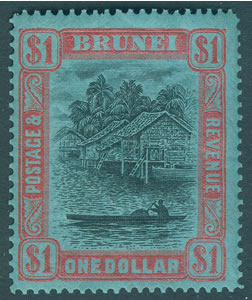
Brunei was a British Protectorate beginning in 1888. Stamps from Labaun and local issues were used until the Post Office opened in 1906. Initially overprinted Labaun stamps were sold, until the first stamps printed for Brunei were issued in 1907. The design of a native scene was used in varying forms for definitive issues until 1952 when it was replaced with an image of the Sultan. Identifying the Brunei issues is primarily a matter of determining the difference in the watermark, and the various color shades which resulted as the stamps were reprinted during the course of the set's production.
The 1924 set changed the watermark used on the paper. All of the stamps in this set were printed on paper watermarked Multiple Script CA. This set was used until Brunei was taken over during the Japanese invasion during World War II beginning in December 1941. Many of the stamps, including four new colors for the 2c, 6c, 8c, and 15c stamps were overprinted for use by the Japanese during the occupation. The new color stamps were never issued without the Japanese overprints. After Brunei was liberated in 1945, stamps from North Borneo and Sarawak overprinted BMA were used. Ultimately in 1947, a new set of stamps watermarked Multiple Script CA were used. Except for the 5c and 6c issues, new colors were used for the 1947 set.
If you have trouble determining the watermarks on these stamps, try looking at them face down against black paper. The stamps watermarked Multiple Crown CA will have sans serif letters with a crown that is narrow and straight edged. The Multiple Script CA watermark has cursive letters and a crown that is more rounded. See the images of the two watermarks below for reference. They are shown as normally seen from the back. You should be aware that these stamps exist with watermark reversed and inverted, so if you see something different than shown below it is one of these options.
You probably need a few copies of the stamps to accurately sort the surface and paper colors. I typically compare them against both white and black paper. Look for differences that are not too subtle. There was always variation during this time period, but typically the color changes result from mixing new ink for a second printing. They did not have computer color analysis during this time period, so things are just not exact.
The 5c and 6c issues have the same color as the 1947 set, but differ in width and in the paper and gum type used. The stamps from the 1924 set are about 1mm shorter in width from the 1947 set stamps. You can see this difference if you put one on top of the other. You should also note that the paper and gum differ. The 1924 set is printed on paper that appears off-white and thicker compared to the whiter thinner appearing paper from the 1947 set. This difference is seen best by looking at the stamps against black paper.
If you are a specialist, this set was printed on two types of paper. According to "Brunei, The Definitive Issues and Postal Cancellations to 1974" by E. Thorndike; up until 1935, the stamps were printed using the "wet" method on dampened paper with the gum applied after the paper dried. This caused the paper to shrink which makes it slightly more narrow than stamps printed using the "dry" method which used pre-gummed paper. Although the catalogues mention this when comparing the 5c and 6c stamps none of the other stamps are noted. You can find a complete list in Mr. Thorndike's booklet if you would like to collect them.
In addition to the wet and dry printing options, there are also subtle perforation differences between various printings of these stamps that are not listed in the catalogues. Mr. Thorndike indicates that both line and comb perforators were used on this set. Prior to 1924, all stamps were line perforated 14. Printings between 1924 and 1932 and again in 1938, were perforated using a 14 x 13.75 comb perforating machine. Printings between 1932 and 1935 were perforated by a line perforator 14 x 13.75. Finally a line perforator 14 x 14.25 was used on stamps issued just prior to the Japanese invasion in 1941. You can find a complete list of the printings by perforation in Mr. Thorndike's booklet. For more information about the difference between comb and line perforation, see the KGVIStamps.com StampID page.
The catalog numbers are from the 1980 Commonwealth Five Reigns Catalogue (CW), 2013 Stanley Gibbons Stamp Catalogue (SG) and the 2011 Scott catalog (ST). The description and historical information are from the Commonwealth Catalogue. Please contact Bridger & Kay to obtain a copy of this publication. The descriptions are from the Commonwealth catalogue, but I have also included the Gibbons descriptions below them since when is disagreement about the color shades between the two catalogues.
The images were saved in a larger size and at a higher resolution so you can more easily see the details used in sorting them. Please be patient if it takes a few minutes for this page to load.
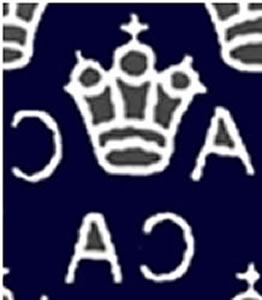
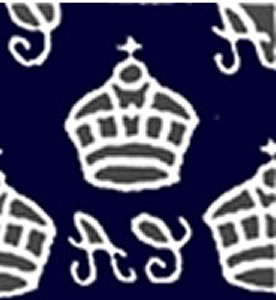
Multiple Crown CA
Multiple Script CA
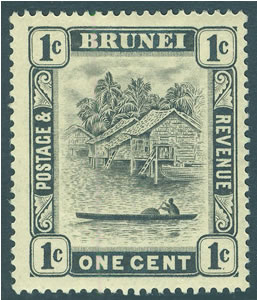 |
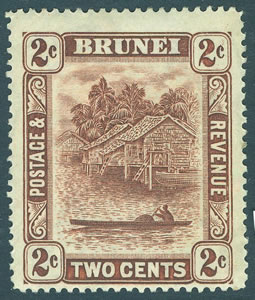 |
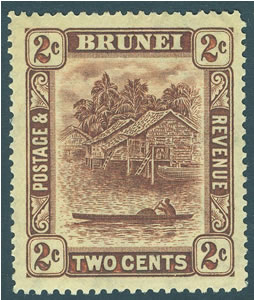 |
| CW G10 - SG 60 - ST 43 1c Black |
CW G11 - SG 61 - ST 44 2c Brown |
CW G12 - SG 61 - ST 44 2c Reddish-Brown |
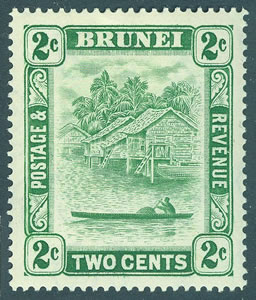 |
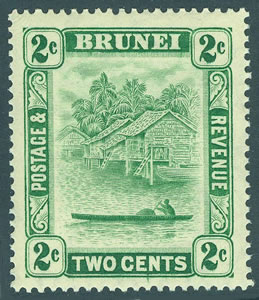 |
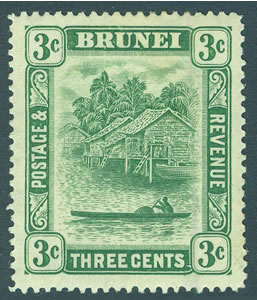 |
| CW G13 - SG 62 - ST 45 2c Green |
CW G14 - SG 62 - ST 45 2c Yellow-Green |
CW G15 - SG 63 - ST 46 3c Green |
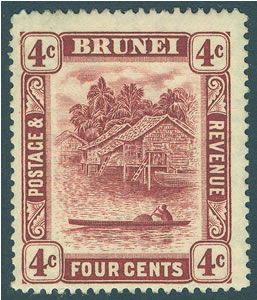 |
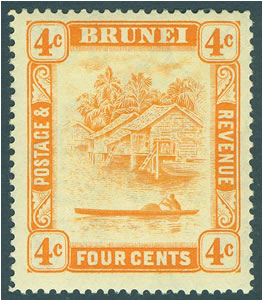 |
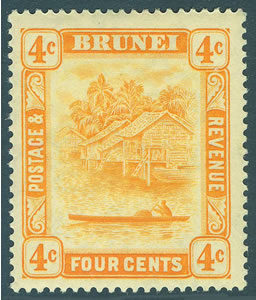 |
| CW G16 - SG 64 - ST 47 4c Maroon |
CW G17 - SG 65 - ST 48 4c Orange |
CW G18 - SG 65 - ST 48 4c Yellow-Orange |
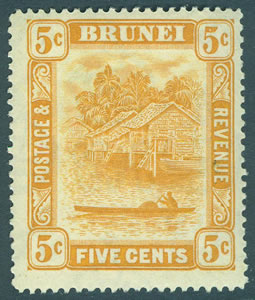 |
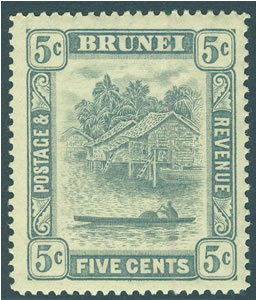 |
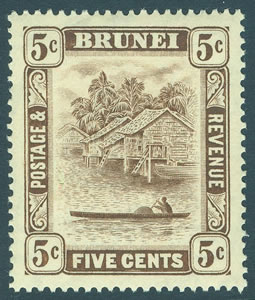 |
| CW G19 - SG 66 - ST 49 5c Orange-Yellow |
CW G20 - SG 67 - ST 50 5c Grey |
CW G21 - SG 68 - ST 51 5c Chocolate |
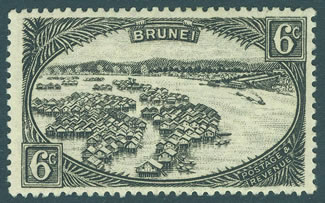
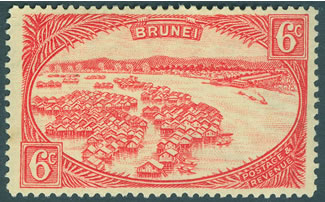
6c Black
6c Scarlet
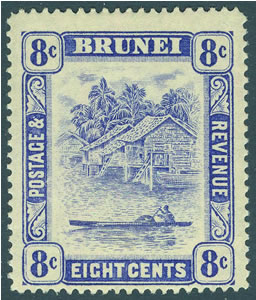 |
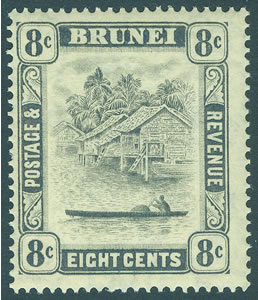 |
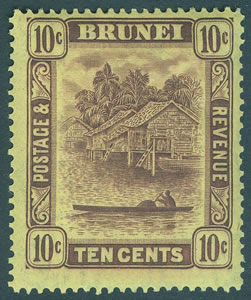 |
| CW G24 - SG 71 - ST 52 8c Ultramarine |
CW G25 - SG 72 - ST 53 8c Grey-Black |
CW G26 - SG 73 - ST 54 10c Purple Yellow Paper |
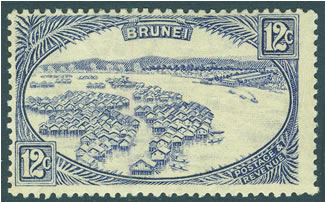
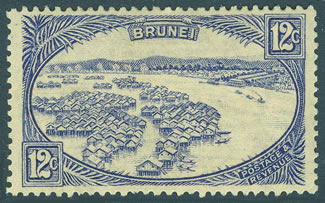
12c Blue
12c Greenish-Blue
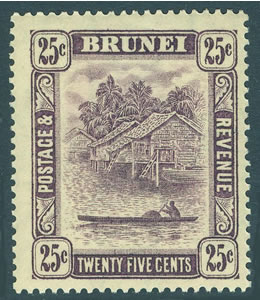
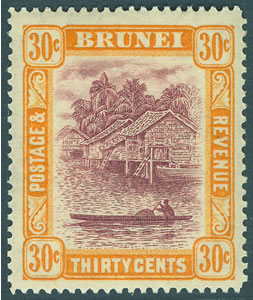
25c Slate-Purple
30c Purple &
Orange-Yellow
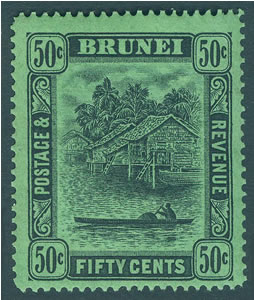

50c Black
Emerald Paper
$1 Black &
Red
Blue Paper
This article was written to help you identify your stamps.
Please feel free to ask a question, or include a correction.